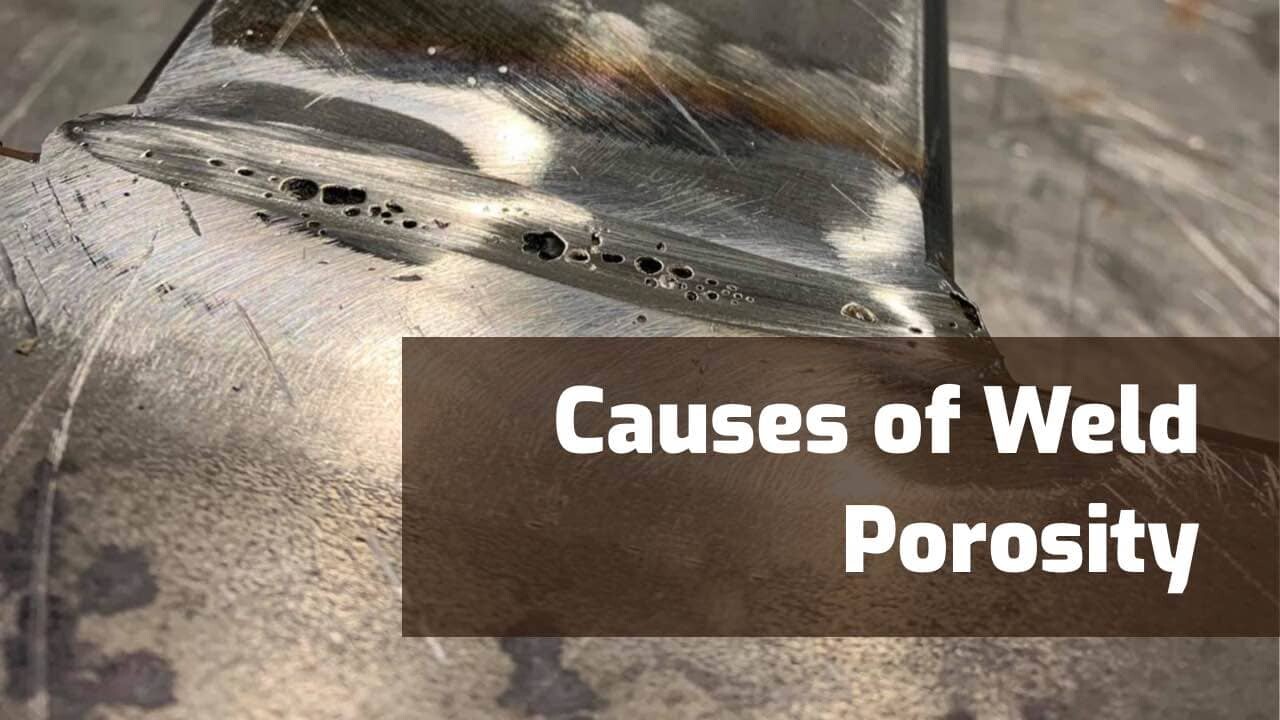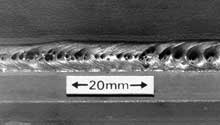Comprehensive Overview: What is Porosity in Welding and Just How to Prevent It
Comprehensive Overview: What is Porosity in Welding and Just How to Prevent It
Blog Article
Recognizing Porosity in Welding: Checking Out Causes, Results, and Prevention Methods
Porosity in welding is a consistent difficulty that can considerably impact the top quality and stability of welds. As specialists in the welding market are well aware, comprehending the reasons, effects, and avoidance techniques associated with porosity is essential for achieving robust and reliable welds. By diving right into the source of porosity, examining its damaging effects on weld high quality, and discovering effective avoidance strategies, welders can improve their understanding and skills to create high-grade welds regularly. The detailed interplay of elements adding to porosity calls for an extensive understanding and a positive approach to guarantee effective welding end results.
Common Reasons of Porosity
Porosity in welding is largely caused by a combination of variables such as contamination, inappropriate protecting, and insufficient gas insurance coverage throughout the welding procedure. Contamination, in the type of dirt, oil, or corrosion on the welding surface, creates gas pockets when heated, leading to porosity in the weld. Improper securing happens when the shielding gas, commonly used in processes like MIG and TIG welding, is unable to totally secure the molten weld pool from responding with the surrounding air, causing gas entrapment and succeeding porosity. In addition, poor gas protection, frequently due to inaccurate flow rates or nozzle positioning, can leave parts of the weld unguarded, allowing porosity to create. These elements jointly contribute to the development of voids within the weld, damaging its stability and possibly triggering structural issues. Comprehending and dealing with these common reasons are essential action in protecting against porosity and making sure the quality and stamina of bonded joints.
Effects on Weld High Quality
The presence of porosity in a weld can considerably compromise the overall high quality and stability of the welded joint. Porosity within a weld produces voids or cavities that damage the framework, making it a lot more prone to splitting, corrosion, and mechanical failure.
In addition, porosity can impede the performance of non-destructive screening (NDT) strategies, making it challenging to find various other issues or stoppages within the weld. This can bring about considerable safety problems, especially in vital applications where the structural honesty of the bonded components is vital.

Prevention Techniques Review
Provided the destructive influence of porosity on weld top quality, effective avoidance strategies are important to preserving the structural stability of Get the facts welded joints. Additionally, choosing the proper welding criteria, such as voltage, present, and take a trip speed, can assist reduce the danger of porosity formation. By incorporating these prevention strategies right into welding techniques, the incident of porosity can be dramatically minimized, leading to more powerful and much more reputable welded joints.
Importance of Correct Protecting
Appropriate protecting in welding plays an important function in avoiding atmospheric contamination and guaranteeing the integrity of bonded joints. Protecting gases, such as argon, helium, or a mix of both, are commonly used to shield the weld swimming pool from responding with elements in the air like oxygen and nitrogen. When these reactive aspects come right into call with the warm weld pool, they can cause porosity, bring about weak welds with lowered mechanical residential properties.

Insufficient shielding can cause various flaws like porosity, spatter, and oxidation, compromising the architectural integrity of the welded you can try these out joint. Adhering to appropriate securing practices is vital to generate top quality welds with minimal flaws and make certain the longevity and dependability of the bonded parts.
Monitoring and Control Methods
Exactly how can welders properly monitor and manage the welding procedure to make certain optimum results and protect against defects like porosity? One trick method is with using innovative monitoring innovations. These can include real-time tracking systems that supply responses on parameters such as voltage, current, travel speed, and gas flow rates. By continuously keeping an eye on these variables, welders can determine variances from the excellent problems and make prompt changes to stop porosity development.

In addition, applying correct training programs for welders is necessary for keeping an eye on and managing the welding process properly. What is Porosity. Educating welders on the value of maintaining consistent criteria, such as appropriate gas shielding and travel speed, can aid stop porosity issues. Normal evaluations and certifications can likewise guarantee that welders are skilled in monitoring and regulating welding processes
In addition, using automated welding systems can enhance monitoring and control abilities. These systems can precisely regulate welding parameters, lowering the probability of human error and making certain consistent weld top quality. By combining innovative monitoring modern technologies, training programs, and automated systems, welders can successfully monitor and manage the welding process to reduce porosity defects and achieve high-grade welds.
Final Thought

Report this page